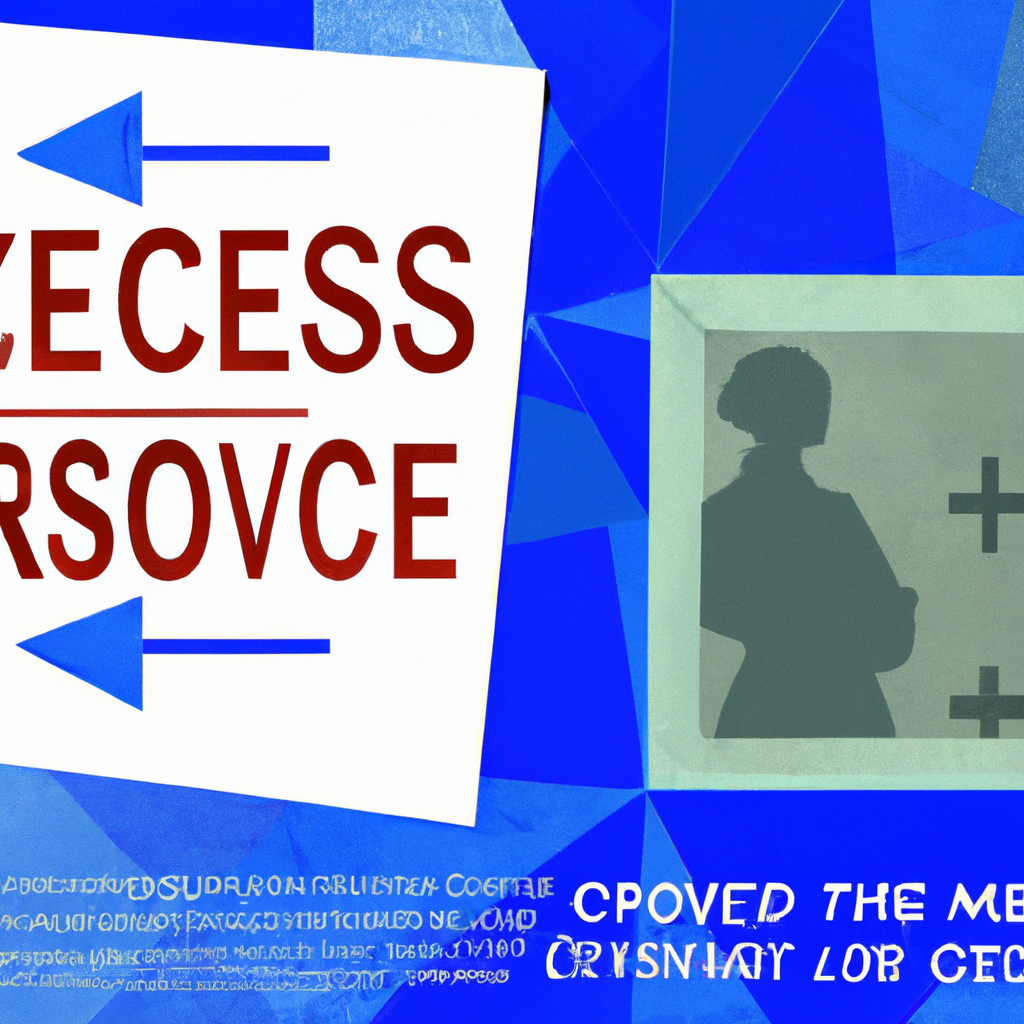
In a move that reflects a growing momentum within the broader tapestry of cultural sectors, the staff of the American Folk Art Old Museum and the cloistered expanses of the Glenstone Museum have cast their ballots to unionize. This bold stride aligns them with a burgeoning wave of unionization efforts that are sweeping across the United States, heralding a potent recalibration in the dialogue between art institutions and their dedicated caretakers.
The decision by the staff at these esteemed institutions to unionize is not merely an administrative shift, but a poignant narrative in the saga of labor rights within the realm of cultural guardianship. The American Folk Art Museum, with its rich repository of self-taught artistry and vernacular art, and the Glenstone Museum, an enclave of modern and contemporary art nestled in pastoral solitude, are now at the forefront of a pivotal movement that underscores a critical examination of the sustainability and ethical dimensions of cultural stewardship.
This movement towards unionization in art institutions is emblematic of a deeper, more nuanced understanding of the value of those who nurture the cultural dialogues. It is about the recognition of their toil behind the scenes, often overshadowed by the luminescent allure of the artworks they preserve and present. It is a testament to their indispensable role in the cultural ecosystem, ensuring that the narrative of art remains not only vibrant but also just and equitable.
The implications of such a shift are profound. Unionization in these spaces is not only about advocating for better wages, enhanced benefits, and improved work conditions but also about fostering a culture where dialogue and transparency are not ancillary but are foundational to the institution’s ethos. It is about constructing an environment where every echelon of the museum's staff feels valued and invested in the museum's mission to educate, enchant, and inspire.
As museums around the country watch the developments at the American Folk Art Museum and the Glenstone Museum, it is clear that the landscape of museum work is undergoing a significant transformation. This movement is about reimagining the future of cultural institutions as spaces where art and equity are inextricably linked, ensuring that the custodians of culture are also its beneficiaries. In unionizing, the staff of these museums are not just securing their rights; they are also paving the way for a more just and equitable art world.
In the tapestry of New York City’s vibrant cultural scene, such movements resonate deeply, echoing across the corridors of art halls, galleries, and beyond, instigating conversations that challenge the status quo and invite a reevaluation of roles and responsibilities within cultural institutions. This is more than a local or national shift; it is a cultural evolution, fostering a more holistic, inclusive dialogue about the role of culture in society.